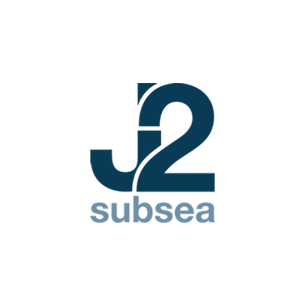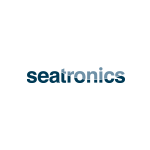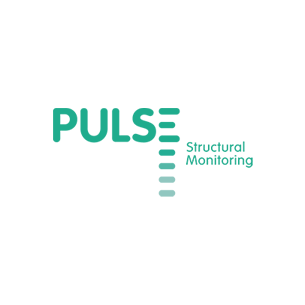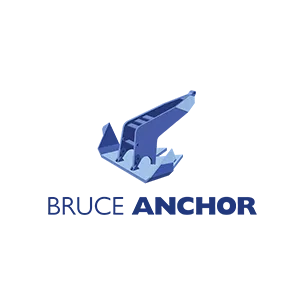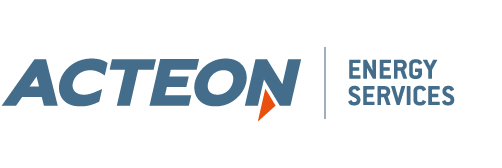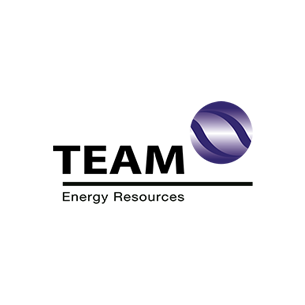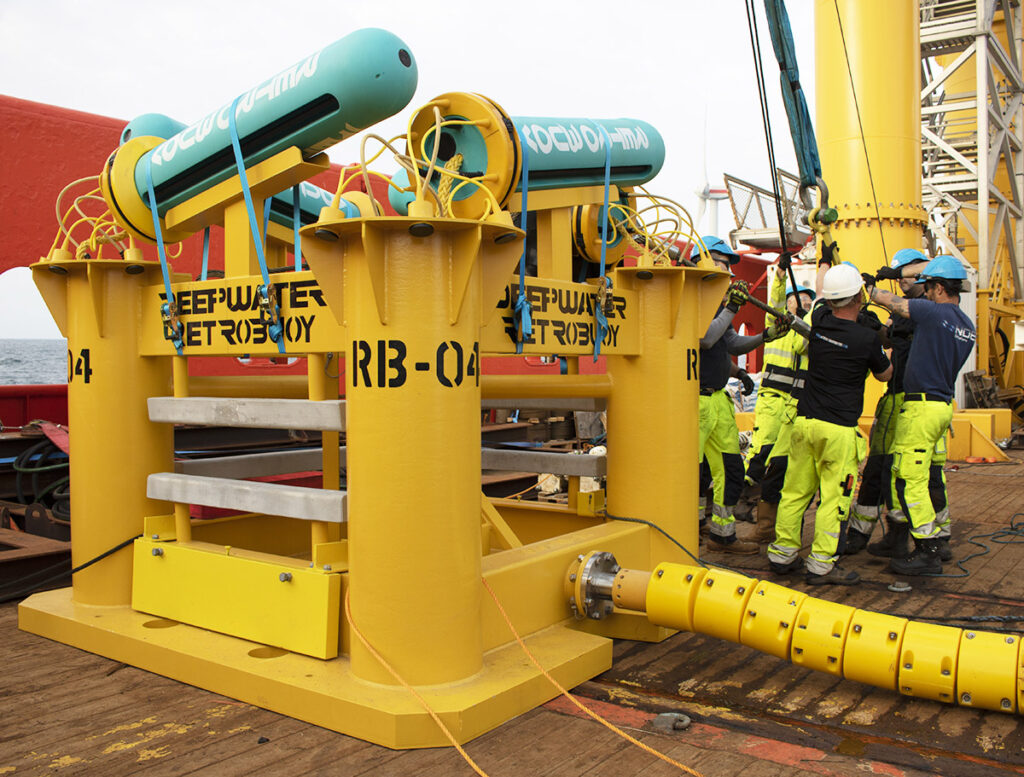In the global move towards renewable energy sources, wind farms stand as beacons of sustainable power generation. The marine environment has an abundance of wind power and many locations around the world are deemed suitable for constructing multiple wind turbine structures able to harness this energy. However, given the harsh subsea environment, these structures face a multitude of corrosion challenges that require vigilance and precise management to ensure their longevity and efficiency. Since large-scale offshore wind farms are a relatively recent phenomenon, improvements in corrosion-inhibiting features of the structures’ designs and their cathodic protection (CP) systems are an ongoing process. However, many of the early offshore structures were placed in calm water or in coastal protective areas, such as the Baltics or East Ireland, that were less corrosive than open oceans and seas.
Lessons from the oil and gas sector
The oil and gas sector also had its own challenges during the early years in the North Sea. Although standards were developed, new means of improving the corrosion conditions through coating repairs, structural repairs and submerged cathodic protection retrofits have greatly extended the life of structures that might have been considered ready for decommissioning. There are many offshore oil and gas structures that have withstood the test of time, standing 50 years since construction when they were designed for only 25 years of oil and gas supply.
Understanding fatigue and corrosion
It seems the wind turbines are limited more by fatigue than energy supply. Fatigue, often referred to as S-N curves, is related to the stresses and forces (S) over consecutive frequencies (N); the greater the force and frequency of said force, the greater the fatigue and therefore the shorter the life. Corrosion has a major part to play, as material loss and corrosion product has an influence on the forces affecting the structures. Without ongoing visual inspections, monitoring of the forces and particularly the monitoring of the corrosion protection in the submerged zones, the operator would have no understanding of how corrosion could be affecting the asset.
Corrosion protection for monopile foundations plays a pivotal role in safeguarding these assets. When it comes to the long-term structural health of wind farm foundations, keeping corrosion at bay is a top priority addressed by Deepwater, a Corrosion Management brand in Acteon’s Energy Services division. Operators rely on sophisticated corrosion rate monitoring systems and well-performing cathodic protection systems provided by Deepwater to ensure that their structures remain robust and resilient over time.
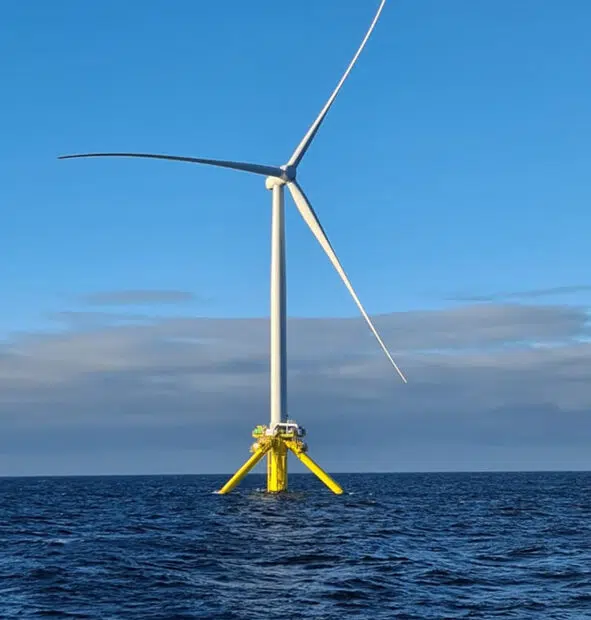
Operations, maintenance and integrity services track record
Acteon has a comprehensive range of in-house services and technologies for surveying and inspecting fixed and floating balance-of-plant assets.

